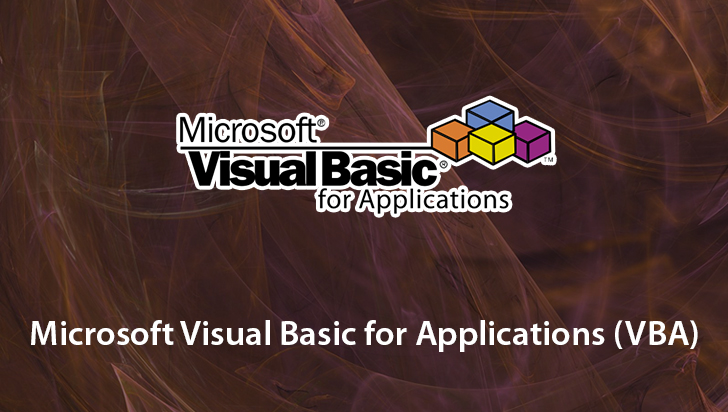

If you’re accustomed to programming in Visual Basic 6, you cansee even from this little program that Visual Basic has changeddramatically. After compiling, type Hello at the command line to run your program.Figure 1-1 shows the results of compiling andrunning this program.įigure 1-1. NET Framework SDK, andinstructs it to compile the file named in the command-line argument.Compiling Hello.vb generates the file Hello.exe. NETcommand-line compiler, which ships with the. The command vbc invokes the Visual Basic.
VISUAL BASIC FOR APPLICATIONS EXAMPLES WINDOWS
vb, such as Hello.vb, andcompile it from the Windows command line with this command: To compilethis program, enter it using any text editor, such as Windows’sNotepad, save it in a file whose name ends with. This version of hello, world is a console application -itdisplays its output in a Windows command-prompt window. This is the world’s favorite programmingexample, translated to Visual Basic. NET has a command-line compiler!).The browser-based application requires a computer running InternetInformation Server (IIS). The console and GUI applications can both be compiled from thecommand line (yes, Visual Basic. Each example stands alone and can be runas is. Without overcoming this hurdle, nothing else can follow.This chapter contains three such examples: one that creates a consoleapplication, one that creates a GUI application, and one that createsa browser-based application. The idea is that enteringand running a program-any program-may be the biggesthurdle faced by experienced programmers approaching a new platform orlanguage. It has become a tradition for programming books to begin with a hello, world example. The first program to write is the same for all languages: Print thewords hello, world
VISUAL BASIC FOR APPLICATIONS EXAMPLES HOW TO
Learn how to use LINQ in your applications with these code samples, covering the entire range of LINQ functionality and demonstrating LINQ with SQL, DataSets, and XML. Visual Studio Platform Team samples are developed and tested by the Visual Studio Platform Team to ensure that you have a great experience. View the source code of Application Mode Changer The following code snippet writes a few lines into the console screen, some of them are shown in different colors !Īfter you create an executable file from this code, you have to use the Application Mode Changer for changing the executable mode from GUI application to console application.Īfter you convert it to console mode, you'll get the following result: In order to create a console application in Visual Basic, you have to use Win32 API calls. You can use it by opening the appmodechange project from Visual Basic IDE. My utility was developed in Visual Basic, and the source code is provided within the sample package. So, you can develop a console application in Visual Basic, create an executable file, and then, use my utility to convert the executable into a console application. I have developed a small utility that converts an Executable file (.exe) from GUI application mode to console application mode. with a small trick, it's possible to bypass the limitation of the Visual Basic compiler: Even if you use the Win32 API for writing into the console screen, Your application won't work, because the Visual Basic compiler always creates GUI application and it doesn't provide any compiler options for changing it to console application.īut. Unfortunately, Visual Basic doesn't support console applications. These tools provides specific methods and functions for writing to the console screen and their compiler also provides special option for creating console executable. Some development tools, like Visual C++ and Delphi, allows the developer to easily create console applications.



Creating a real console application in Visual Basic


 0 kommentar(er)
0 kommentar(er)
